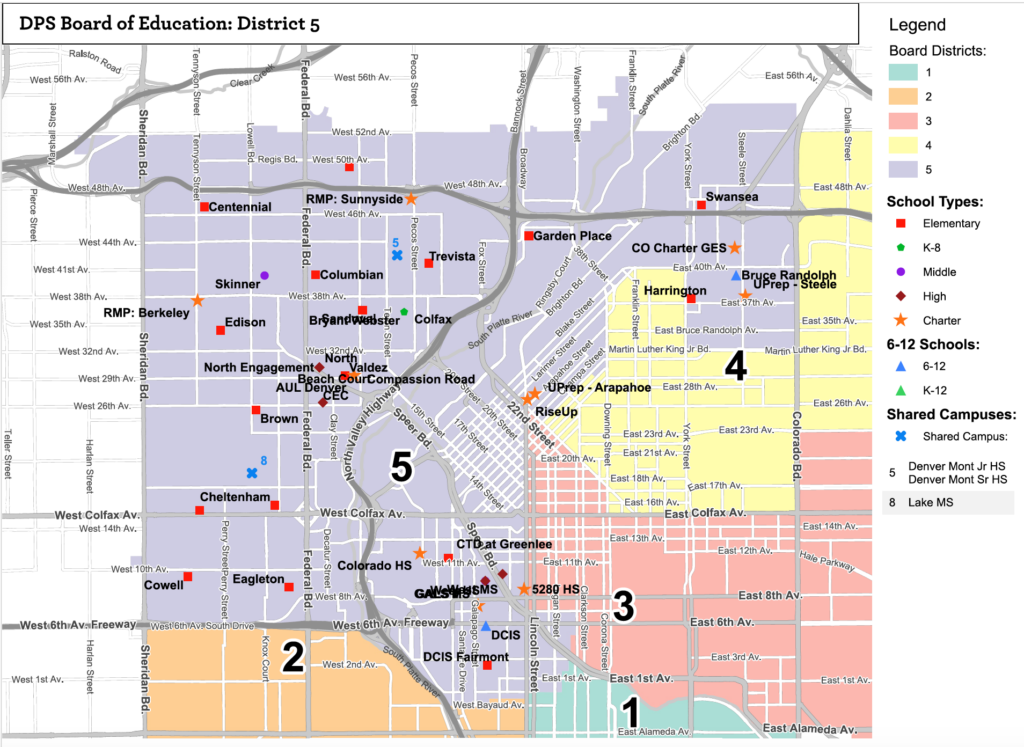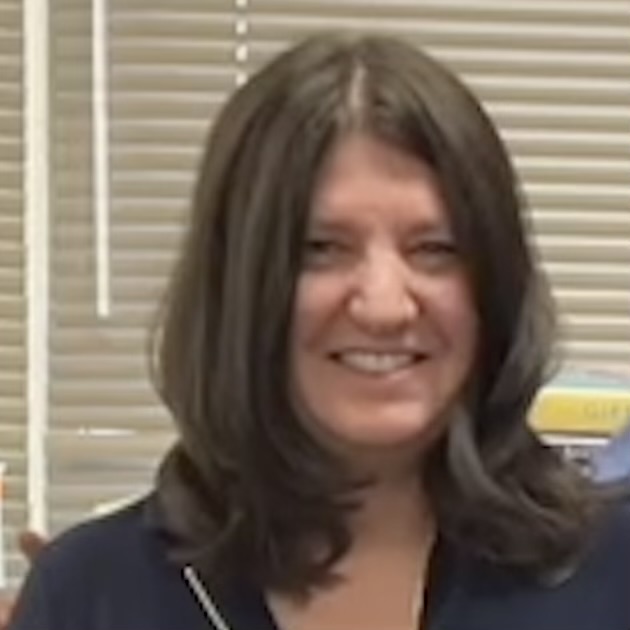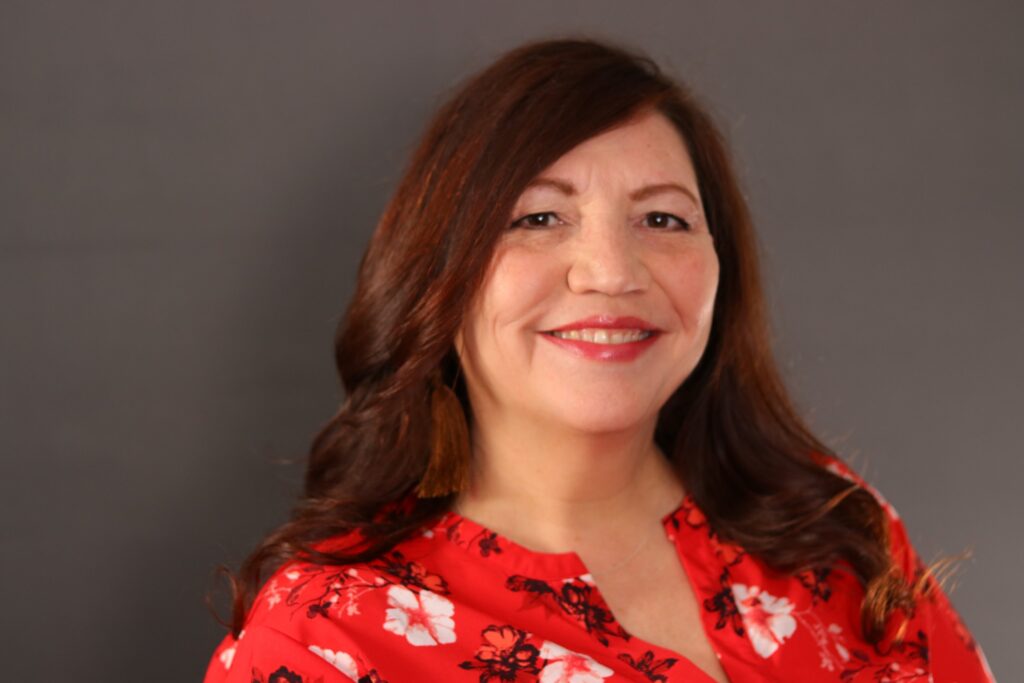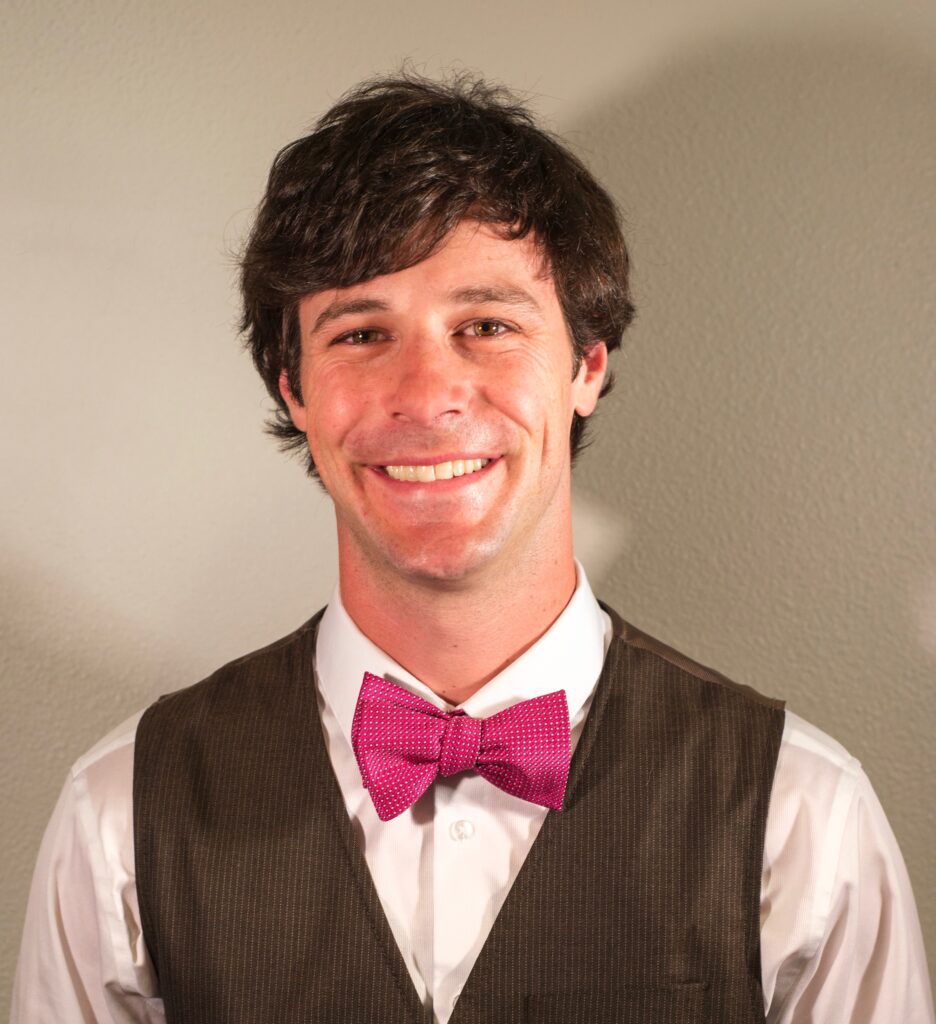By Kathryn White

Voters in a C-shaped swath of the city making up Denver Public Schools (DPS) District 5 will cast votes starting this week through Nov. 7 deciding between incumbent Charmaine Lindsay and two challengers, Marlene De La Rosa and Adam Slutzker.
Lindsay was appointed by the DPS board in June 2022 to serve the remaining 17 months of Rev. Brad Laurvick’s term when he moved out of the district.
The Denver North Star interviewed each candidate, asking questions about how they keep in tune with stakeholders (students, teachers and parents), how they work with people whose ideas differ from their own, what ideas they have for addressing declining enrollment across the district, and what insights and values they bring to conversations about bilingual education. We also asked who supports them, including financially, and why.
Charmaine Lindsay

Incumbent Charmaine Lindsay, a family law attorney, lives in the Baker neighborhood and has had children and grandchildren in over a dozen DPS schools, including grandchildren now attending Stedman Elementary and McAuliffe International School.
Lindsay, a certified mediator, believes that skillset helps her get along with all six board members and bring people together for votes. She said she’s had positive relationships on the board, until her yes vote to bring school resource officers (SROs) back into the district put her at odds with fellow board members Auon’tai Anderson, Michelle Quattlebaum and Scott Esserman.
To keep in touch with district stakeholders, Lindsay has visited all of the schools on the school closure list, schools that would open their doors to new students as a result of a closure and most of the schools in District 5.
She said she’s tried to maintain connections with those she’s met and that she meets with people in the community whenever they’ve asked, “unless they’re hostile or unreasonable.”
“I try to keep informed by talking to my constituents as much as I can,” Lindsay said. She also leans on resources from the district, like data and conversations with fellow board members.
When it comes to working with people she disagrees with, Lindsay said she does that all the time as a lawyer. She said she doesn’t hold people’s opinions against them.
“My approach is more of a logical one,” she said. “This is my reasoning. What is yours?”
Lindsay responded to our question on declining enrollment with an answer focused on school closures.
“I think we need to look at each situation and talk to everybody that’s affected to try to come up with solutions,” she said. “Because the reality is that there’s schools that barely have enough kids to run kindergarten and first grade.”
And yet Lindsay would like to see factors beyond numbers considered in developing a proposed closure list.
“They solely went by a number and a location as opposed to looking at whether or not the school was functioning,” she added.
Lindsay said the board didn’t do a great job in the last round of conversations about closures.
“I think that in areas like the Colfax corridor, where there’s a high concentration of schools and enrollment is going down, that we’re going to have to bring all of those school leaders and communities together to say, ‘What do you suggest we do?’,” she said
Lindsay referenced cuts to programs like art and gym. “They’re sharing classes that should be individual classes, because they don’t have the resources,” she explained. “Because of the funding model.”
DPS adopted what it calls “student-based budgets” in 2009. Schools receive a base per-pupil allotment, with additional per-pupil funds added, for example, for English language learners (ELL), students in poverty, and students classified as gifted and talented. A school’s district funding, no matter its demographics, is driven by the number of students enrolled.
Schools can supplement per-pupil district dollars by raising funds through parent groups and grants. This happens most often at schools attended by middle- and high-income families, where fundraising can exceed $100,000 a year.
Lindsay has been on a learning curve, she said, in her year on the board when it comes to bilingual education. She cited board President Xóchitl Gaytán and fellow board member Dr. Carrie Olson, who are bilingual, for their guidance.
For example, she attended a recent Multilingual Education Districtwide Advisory Committee (MLE-DAC) meeting at Bruce Randolph High School. She attended workshops with families and was able to learn about what they’re having trouble with and what is going well.
Lindsay has been endorsed by the Denver Classroom Teachers Association (DCTA).
Her campaign is running on individual donations and fundraisers held by longtime family in the area.
People support her, Lindsay said, “Because I make well-thought-out, informed decisions and I listen to the community. I’ve fostered good relationships with board members in the short time I’ve been on the board. Even given the chaos, we’ve done a lot this year.”
Marlene De La Rosa

Marlene De La Rosa says she lives in the Zuni Park neighborhood and has also had experience, via her children, with several DPS schools. They include Denison Montessori, Denver Center for International Studies (DCIS), Denver North High School, Denver East High School and CEC Early College.
De La Rosa said she brings a perspective that reflects deep community involvement. She currently serves as a mayoral appointee to the Denver Latino Commission as well as on the Denver Parks and Recreation Advisory Board (PRAB). She cited involvement on the Collaborative School Committees (CSC) and in parent groups at her children’s elementary and high schools, and in district-wide advisory councils.
The state requires all schools to have a school accountability committee. In DPS, the CSC — typically comprised of staff, parents and community members — fulfills this requirement. CSCs provide guidance on school priorities, evaluations and improvement plans. They are not involved in school operations.
De La Rosa keeps abreast of the concerns of district stakeholders by reading articles in various newspapers and listening to what people are saying when she is out in the community. She keeps in touch, for example, with students she got to know as team mom for the Denver North boys basketball team.
If elected she would like to establish some consistent way to have meaningful community engagement. “I think it’s important to hear from everybody,” she said.
In her role on the PRAB, for example, she has visited recreation centers across the city to learn from staff and participants. She said she hopes to apply new methods used by the PRAB for obtaining and addressing community feedback on the DPS school board.
When it comes to fostering productive relationships with fellow board members, De La Rosa said, “We need to remind ourselves why we are there. What is our purpose, jointly? And then, listening to each other, to understand what each of our views are on a certain topic. Many people would say I’m a collaborator.”
On the subject of declining enrollment, De La Rosa would like to start first with reviewing data and data projections on district population and enrollment.
“If the need arises that we need to combine schools,” De La Rosa said, “what is the best way we can meet the needs of all of those involved? That community input is something so crucial to these conversations. And families should know about this well in advance, so that they can make plans if they are going to be affected.”
On the subject of bilingual education, De La Rosa pointed to her first years in college studying how to become a bilingual elementary school teacher. A career in the federal government took her on a different path.
“I’ve spent thousands of hours volunteering with many nonprofits, with DPS, focused on education,” she said. “Because that really is my passion.”
“I’m absolutely in support of multilanguage learning models like at Valdez, like at Sandoval,” she added. “We need to find ways to engage parents in their language. We need to welcome them into the school. This is an entirely different culture, a way of doing things, than what they come from. So I think making them feel welcome is extremely important.
“I think I have a lot of community support because I have been involved in the community,” she continued. “People trust in me. They have confidence that I’m doing this for the success of kids, focusing on student outcomes.”
De La Rosa said the most meaningful donation to her campaign came from a former North student she got to know when she was team mom.
De La Rosa has been endorsed by Denver Families Action.
According to reporting by Chalkbeat, “Denver Families Action is the political arm of the nonprofit Denver Families for Public Schools. Denver Families launched in 2021 with the backing of local charter school networks and gets funding from The City Fund, a pro-reform national organization.”
Adam Slutzker

Adam Slutzker, a former teacher in Jeffco Public Schools, lives in Berkeley. His three children attend Columbian Elementary, where Slutzker has chaired the CSC for two years.
Slutzker described himself as a practical problem-solver.
“Our current board is too often in the news, for a variety of reasons,” he said. “I think school boards should be boring. I think it should be people coming in to serve their communities and advising the central office on what we’d like to see them do. And working with them to make sure those goals get accomplished.”
Slutzker distinguished himself from Lindsay and De La Rosa by saying, “I’m the only one with a master’s degree in education who has spent time serving in classrooms as a classroom teacher. I’m also the only one who currently has children in the school district.”
Slutzker views partnering with teachers, students, school staff and the district central office as key ways for keeping abreast of stakeholder needs and experiences.
“The board’s job,” Slutzker said, “is to create general governing policies that the district will work within. And then just doing our best to audit everything that they’re doing and maintain a partnership with them so that we’re helping them to meet those goals.”
When it comes to working with people whose ideas differ from their own, Slutzker said he has firm ideas of his own on some issues but that he is willing to be convinced and is open to a variety of proposals.
“I really think that we should be open to hearing from various constituencies around ideas and policies that may make sense in our schools,” he said. “And then making sure we revisit our approaches, asking, ‘Are these actually working?’”
Slutzker shared two ideas for responding to declining enrollment. Because money follows students in the current district funding model, he would consider balancing enrollment across schools.
“We have schools that are bursting at the seams. I think we need to set some policies in place that limit class sizes, so that teachers don’t get burned out and are able to do their jobs effectively,” Slutzker said. “We can redistribute some of that student population more equitably across the district to make sure funding dollars are ending up in a variety of schools.”
Slutztker referred to the district’s school choice system as broken. Though well-intentioned, he said, data about its use shows the program advantages “relatively affluent families that have the ability to drive their kids across town or to do research on schools to meet their individual student’s needs.”
“I’d like to revisit our school choice policy so that that first round of open enrollment goes specifically to lower income families as well as students with documented educational needs, IEPs and 504s and ELA students, etc.,” he said. “They would be getting first dibs to meet their specific needs. I think that would allow for a redistribution, so to speak, of student populations back more towards neighborhood schools.”
Slutztker cited his involvement as chairperson of Columbian’s CSC as an example of his advocacy for students and families whose first language is not English.
“We need to be extremely conscious of how we’re using our resources,” he said. “In Northwest Denver, where we have a high number of Spanish-speaking students, as well as other languages, we need to make sure we’re providing ELA-trained staff in every building. That we’re working to recruit and retain teachers in these schools that are BIPOC teachers, that are dual-language proficient.”
At the time of our interview, Slutzker said his campaign was entirely self funded.
“I am a newcomer to politics,” he said. “Truth be told I was a bit terrified of the idea of having to figure out how to run a campaign. But I believe my background and skill set make me well suited to serving on the board.”
____
The G.E.S. Gazette’s previous coverage included candidate Lacy McDonald. McDonald will not appear on the ballot because he did not meet the requirement to be a registered voter in the district he would represent for 12 consecutive months prior to the Nov. 7 election.

Be the first to comment